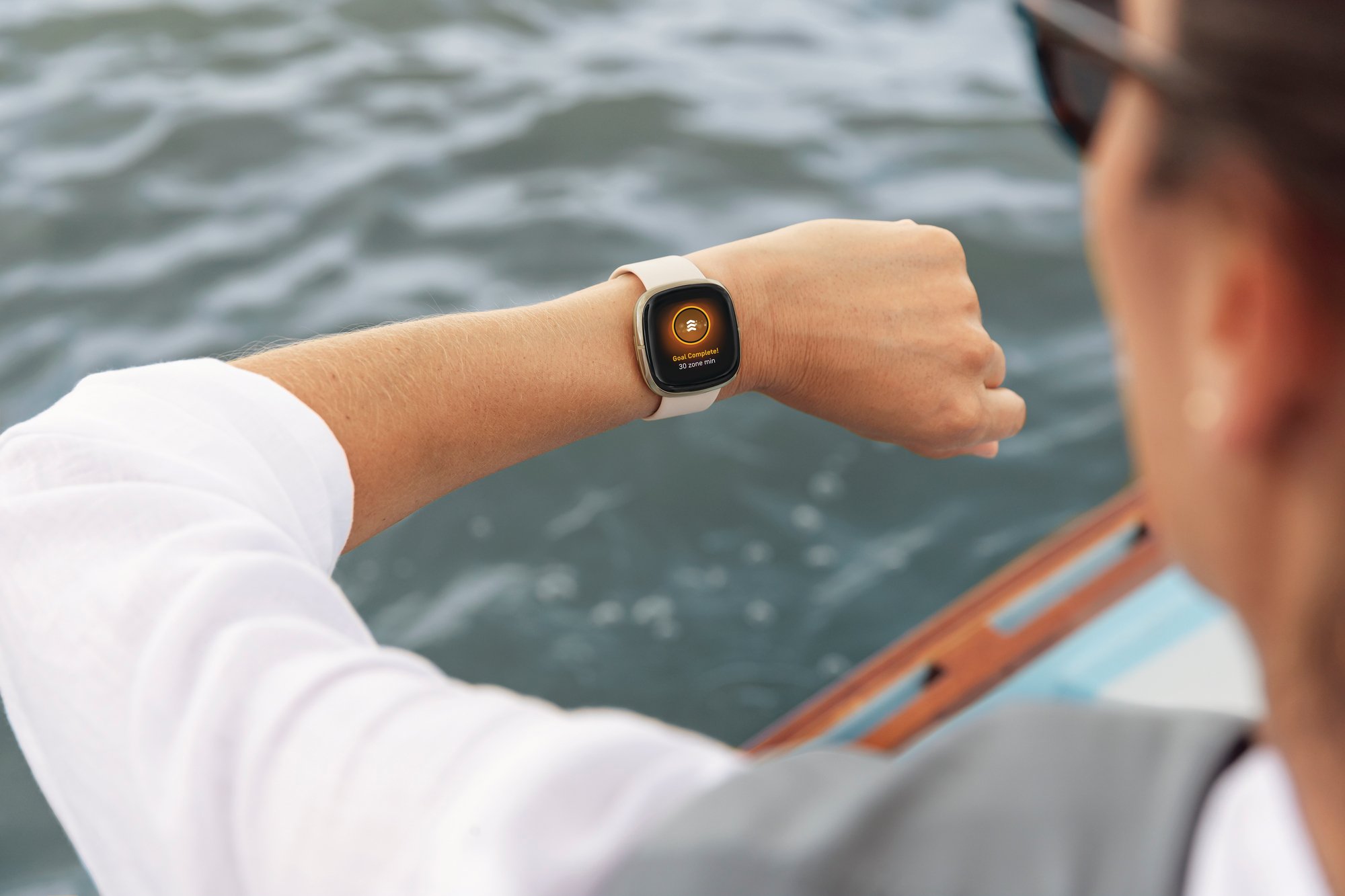Last year, Chinese smartphone maker Xiaomi debuted the Mi Band, a no-frills fitness tracker that only cost $15. After launching the device overseas through its e-commerce sites, Xiaomi claimed 17% of the worldwide wearables market by the second quarter of 2015, according to IDC.
Faced with pressure from cheap fitness trackers and health-tracking smartwatches, Fitbit's (NYSE: FIT) market share slid from 30% to 24%. Fitbit's Flex, which offers similar features as the Mi Band for $100, started to look grossly overpriced. Low-end rivals like Misfit, which Xiaomi also invested in, started to commoditize the market. For a while, Fitbit investors took comfort in the fact that the Mi Band and other low-end rivals couldn't track heart rates, something that its $150 Charge HR and $250 Surge could do.

Xiaomi's Mi Band. Image source: Xiaomi.
Unfortunately for Fitbit, Xiaomi just announced the Mi Band Pulse, a $16 version of the Mi Band which uses a light-based sensor to measure a user's blood flow and pulse. That low price tag indicates that other competitors could soon follow suit and cause average selling prices for similar devices to plunge.
It's all about the margins
Last quarter, Fitbit's non-GAAP gross margin fell from 53.9% a year ago to 47.9%. CFO William Zerella attributed the year-over-year decline to "slightly lower margins associated with our new products."
Fitbit's older devices, like the Flex, have fairly high margins. An IHS teardown of the Flex in October 2013 showed that the $100 device only cost $17 to make. Component costs have likely declined since then, making it an even higher margin product. Xiaomi, Misfit, and others are taking advantage of those lower component costs to sell their devices at paper-thin margins.
Last quarter, Fitbit claimed that the Charge, Charge HR, and Surge generated 79% of its total revenue. Earlier this year, IHS reported that the $250 Surge only cost $37 to manufacture. While that price suggests that the Surge has higher margins than the Flex, falling component prices have likely made Flex the more profitable device. This means that the Flex is likely losing ground to cheaper fitness trackers, which causes Fitbit's overall margins to contract. As companies like Xiaomi start squeezing heart rate monitors into their spartan fitness bands, sales of the Flex will likely fall further and cause Fitbit's margins to decline further.

Image source: Fitbit.
Carving out a niche
At first glance, Fitbit's growth numbers look impressive. In the first nine months of the year, revenue soared 206% annually as net income improved 20.5%. However, Fitbit's long-term survival isn't guaranteed. Most current-generation smartphones can track steps taken with motion-sensing chips. Plenty of apps can use the phone's camera to measure a user's heart rate. Full-featured smartwatches can do everything Fitbit's devices can do and more.
Earlier this year, Generator Research released a five-year forecast which predicted how the wearables market would be divided between fitness trackers, sports performance devices, and smartwatches.
|
Fitness Trackers |
Sports Performance |
Smartwatches | |
|---|---|---|---|
|
2015 Revenue |
$2.3 billion |
$2.2 billion |
$17.2 billion |
|
2020 Revenue |
$527 million |
$2.9 billion |
$154 billion |
|
Growth |
(77%) |
32% |
795% |
Source: Generator Research.
If this forecast is accurate, Fitbit must rely heavily on the smaller "sports performance" category with devices like the Charge, Charge HR, and Surge. Tackling Xiaomi, Misfit, and others in fitness trackers won't end well, since the market will eventually be cannibalized by smartwatches. Meanwhile, Apple already controls about 75% of the smartwatch market, according to Strategy Analytics, while a variety of Android Wear competitors are fighting over the rest. Instead of jumping into that cutthroat market, Fitbit is leveraging its strength in fitness trackers to control the smaller market of sports performance devices.
Defending that niche
In Fitbit's S-1 filing, the company admits that larger rivals "have significant competitive advantages" like better brand recognition, bigger marketing budgets, and more established relationships with customers, suppliers, and manufacturers. Fitbit also noted that competitors could "aggressively discount their products and services in order to gain market share."
Fitbit faces both threats today as cheaper fitness trackers and full-featured smartwatches are forcing their way into its niche market of sports performance devices. To survive, Fitbit must prevent disruptive fitness trackers like Xiaomi's Mi Band Pulse from evolving into cheap sports performance devices.





